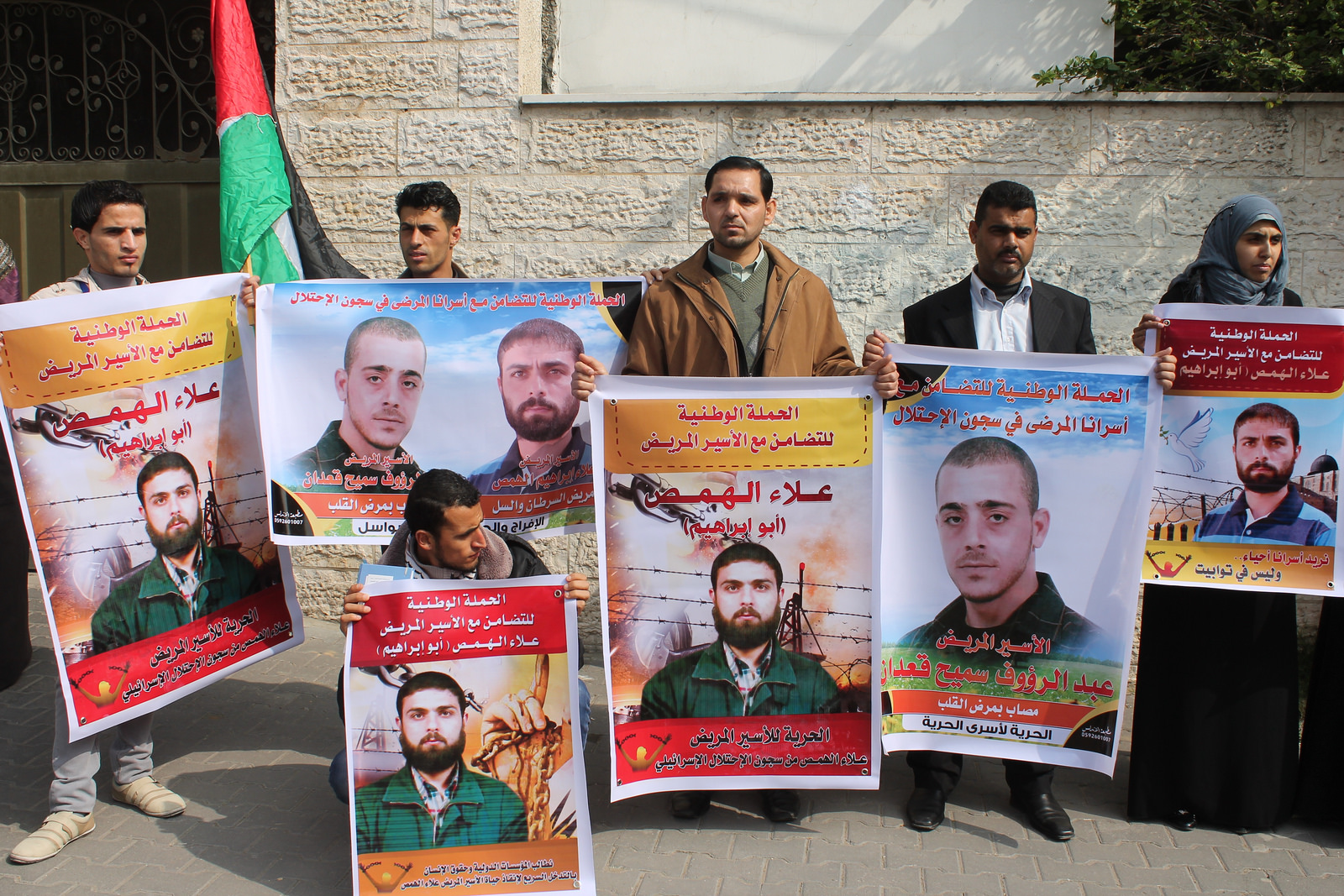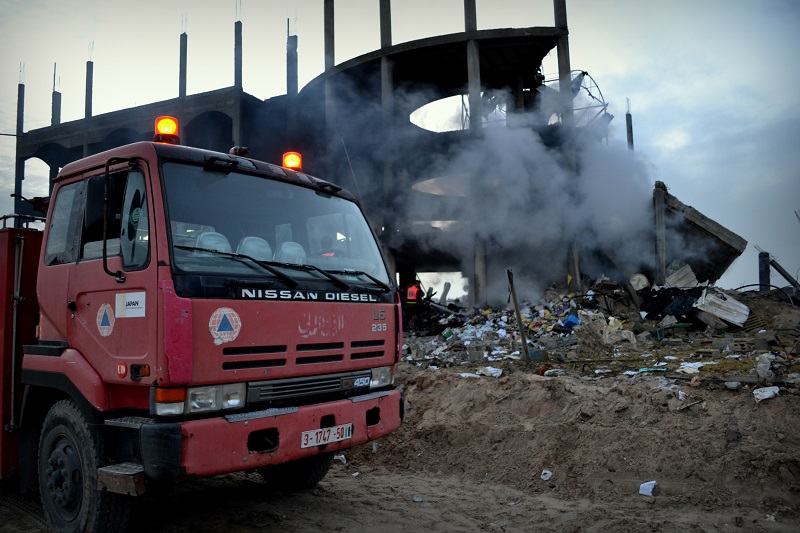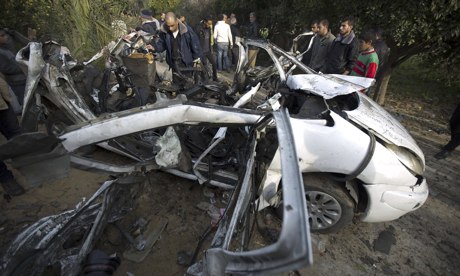Tag: Beit Hanoun
-
PHOTOS: Palestinians rally in Gaza for hunger-striking and sick detainees
2nd March 2014 | International Solidarity Movement, Gaza Team | Gaza, Occupied Palestine In recent weeks, protests for both sick Palestinian detainees and those engaging in long-term hunger strikes have increased in the Gaza Strip. Last Monday morning, following a regular weekly sit-in in the International Committee of the Red Cross’ Gaza office, demonstrators rallied…
-
Israeli warplanes kill member of Palestinian armed group and his cousin in Beit Hanoun, Gaza
23rd January 2014 | Palestinian Centre for Human Rights | Gaza, Occupied Palestine In an extra-judicial execution attempt, on Wednesday 22 January 2014, an Israeli drone fired a missile at a civilian car in Beith Hanoun, Northern Gaza. As a result, both passengers, a member of a Palestinian armed group and his cousin, were killed…



